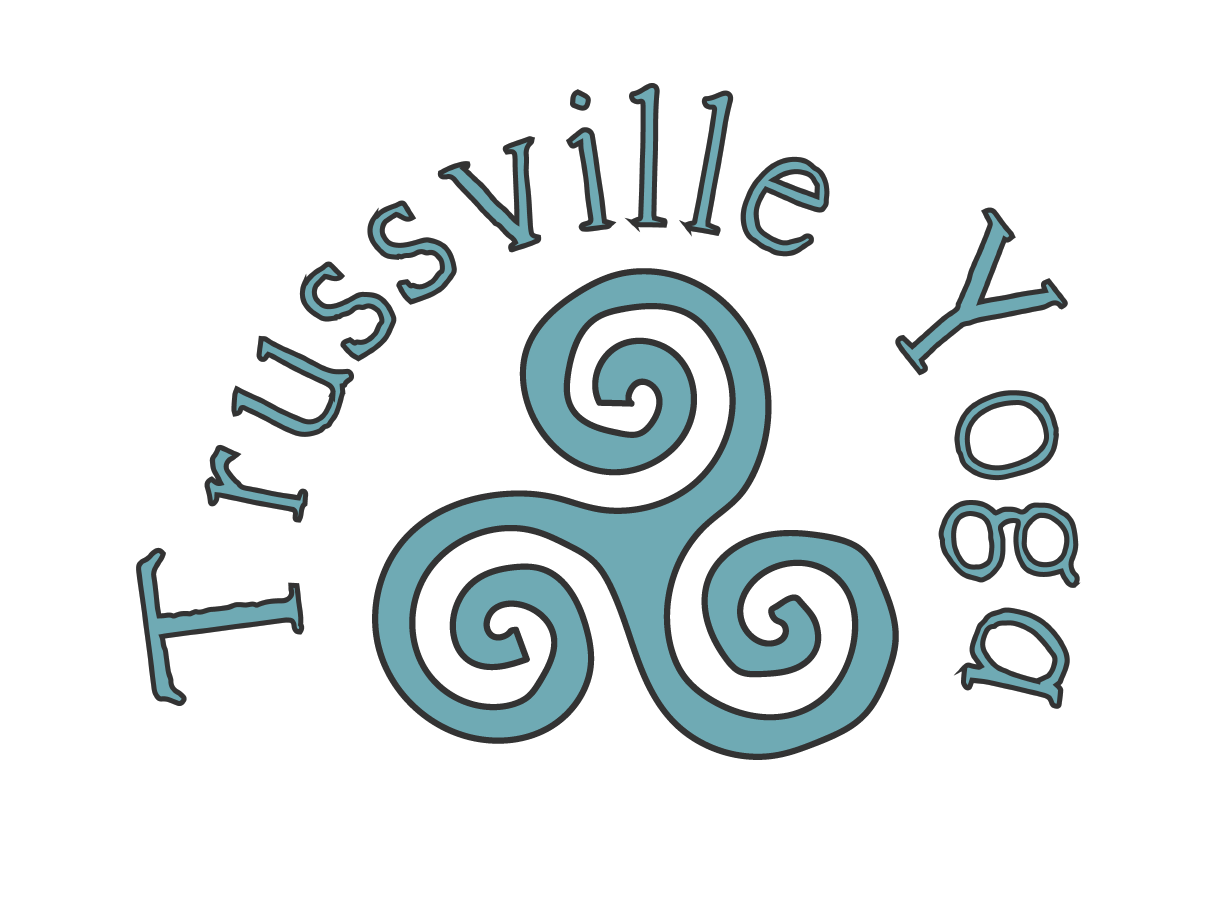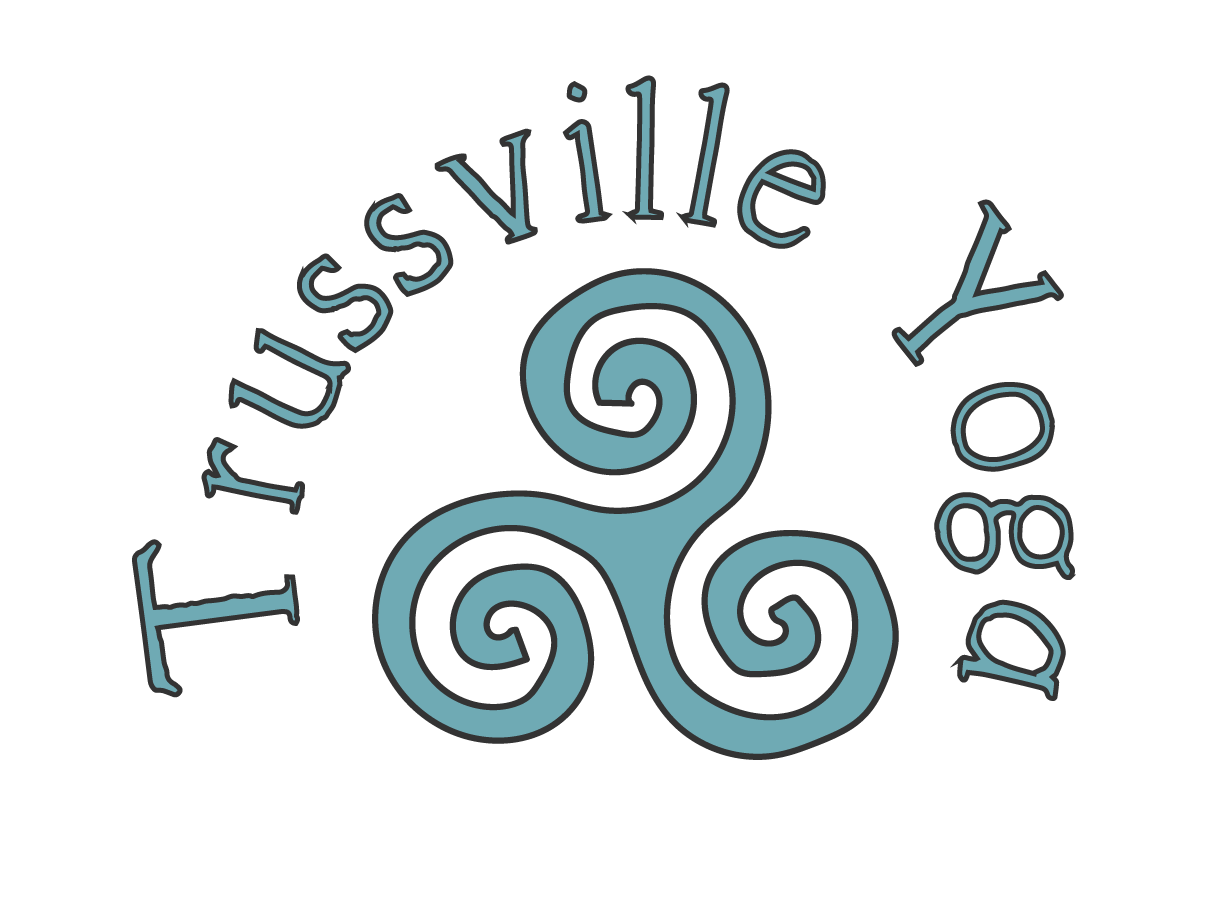Yoga Terms
COMMONLY USED YOGA TERMS
• Asana: literal translation is “seat” or “posture”
• Bandha: internal muscular “locks” that support the toning and internal lifting including mula bandha (the pelvic floor), uddiyana bandha (abdominals up to diaphragm), and Jalandhara bandha (the throat)
• Chakra: energy centers in the body (in the western world, 7 are used starting at the base of the spine to the top of the head). The chakras are: the root, sacral, solar plexus, heart, throat, third eye, and crown
• Chaturanga: from plank, lowering yourself slowly down to the mat while keeping the elbows close to the body
• Drishti: focal point of gazing (useful for balancing poses)
• Heart Center: center of the chest
• Mantra: a sound or phrase repeated to increase centeredness
• Mudra: translates to “a seal” and is a specific position for one’s hand(s) to alter and improve the geometry and circuitry of the body
• Namaste: the light in me bows or honors the light in you, a common greeting in India
• AUM: a mantra with many meanings considered the origin of sound, often described as the universal sound of consciousness, chanting AUM is a powerful method for connecting to mind-body-spirit as well as expanding beyond it
• Prana: life force, otherwise known as “chi” or “ki” in other eastern systems, vital energy
• Pranayama: “prana” means vital energy, “yama” means to gain control over, pranayama are subtle methods using breathwork to gain control over one’s inner energies
• Savasana: corpse pose used as the final resting pose of class
• Sun salutation: “Surya namaskar” is a sequence of poses often used to warm up at the beginning of class but functions as a way to consciously become aware of and control one’s inner cycles
• Ujjayi: described as ocean breath because it is audible on the inhale and exhale
• Vinyasa: postures linked together with breath into a flow
• Yoga: to yoke or bind body and breath

